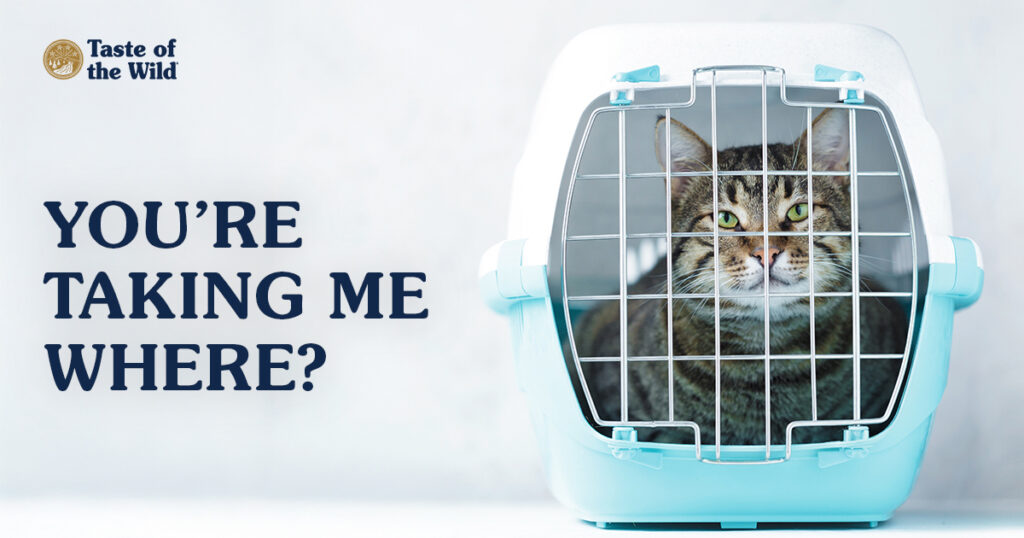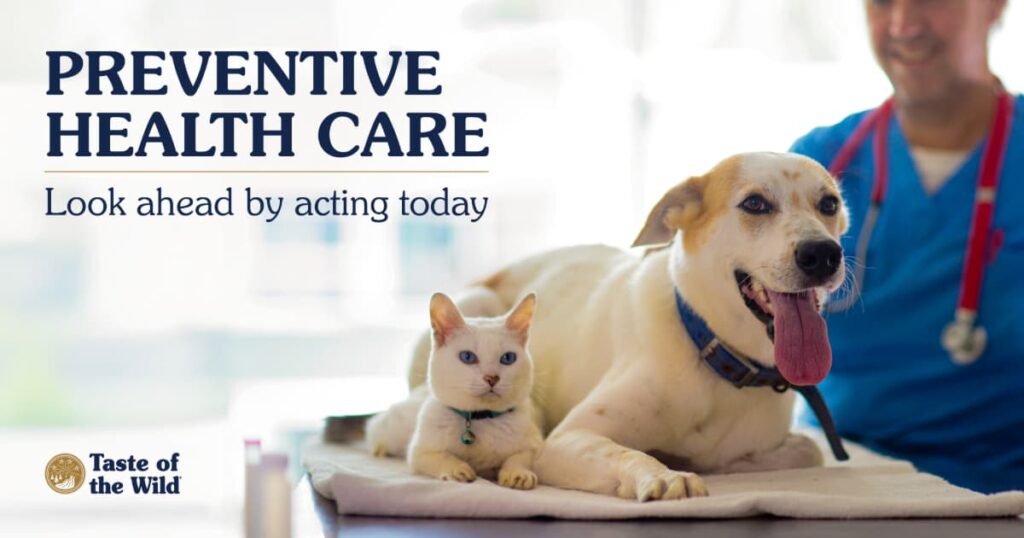
Wellness exams for your cat are necessary appointments to make — just like an annual physical is needed for our own preventative care. But what can you expect during your cat’s checkup? Your cat may have some questions about what to expect during a checkup exam, too.
Typically, this vet visit won’t last more than 30 minutes, yet within that small window of time your veterinarian will be checking your furry companion from whiskers to tail.
How Many Checkups?
Kittens need to visit the vet every month until they receive their last round of shots at four months old. Then the kitten(s) can begin their yearly visits. Cats older than one year of age should visit the vet at least once a year for their wellness exam and senior cats are recommended to visit the vet every six months. Your cat may develop some anxiety when the time comes for a vet visit, but there are a variety of ways to help keep them calm.
If your furry feline has underlying health conditions, your local veterinarian will develop a plan specifically for Mittens and the health condition they are tackling.
Gathering Info for the Veterinarian
Once you’re in the exam room, the veterinarian technician or assistant will ask key questions about your feline’s gender, diet, appetite, litter box activity, and whether there have been any potential concerns or changes in behavior. They’ll place your answers in Mitten’s file for the veterinarian and for future visits.
Next, it’s time to get your feline’s weight, body temperature, heart rate and respiratory rate. Your cat’s temperature will be taken with a rectal thermometer, so if your pet is really anxious this step may be skipped for now. They may loop back to it later after Mittens has calmed down or attempt a different method.
The Doctor Will See You Now
After all pertinent information has been collected, the veterinarian will evaluate your pet’s chart and then examine the cat’s overall appearance.
Your veterinarian will review the following:
- Body condition: Is Mittens at an ideal weight for their breed and age? Does your feline have any hair loss or inflammation? How does their coat look overall?
- Heart and lungs: When the vet listens to your cat’s heart and lungs, how do they sound?
- Abdominal palpation: Does your cat have any tenderness in the abdomen? Are there any abdominal masses?
- Alertness: Does your cat appear responsive and aware of their surroundings? Your veterinarian will look at your feline’s eyes and body language to measure.
- Walk: Is Mittens walking with a limp? Are they steady on their paws? Does their body seem stiff at all?
- Mouth: How are those pearly whites looking? Is periodontal disease present?
- Ears: Is there any wax buildup? What about ear mites or yeast infections? And do they seem to be hearing everything going on currently?
- Nose: How is their nasal cavity looking? Can they breathe well?
- Eyes: Coming back to their eyes, is there any sign of infection or irritation? Do they seem to follow movement well with both eyes?
Using this info, the veterinarian can make a well-rounded assessment on your cat’s overall health. They’ll discuss any concerns, if tests are a necessary next step in evaluating your pet’s health, vaccination suggestions/reminders and if any dietary changes are needed.
This is the perfect time for you to ask any questions you have as well. Your veterinarian is there to help provide answers and clarifications along the way.
The Cost of Good Health
A point of anxiety for pet owners can be the financial costs associated with a vet visit. It’s understandable, as the costs for most goods and services continue to rise.
However, your veterinarian’s team wants the best for Mittens, just as you do, so they’re more than happy to walk you through the financial aspect. The team can provide you with a breakdown of how much the exam is with potential tests or vaccinations BEFORE agreeing to all the recommendations from today’s visit.
When discussing the costs, they can also help you understand what needs to be done that day versus waiting (if possible) until the next visit.
Additionally, wellness exams can deter later costs. For example, detecting plaque buildup on your cat’s teeth today can assist you in better managing the situation and prevent costs associated with periodontal disease, oral cancer or other health concerns that could develop from not caring for the issue present day.
So, what are you waiting for? Let’s get Mittens that wellness exam booked. A checkup today can equal a happier, healthier cat tomorrow.
RELATED POST: Take the Stress Out of Vet Visits for Your Cat



